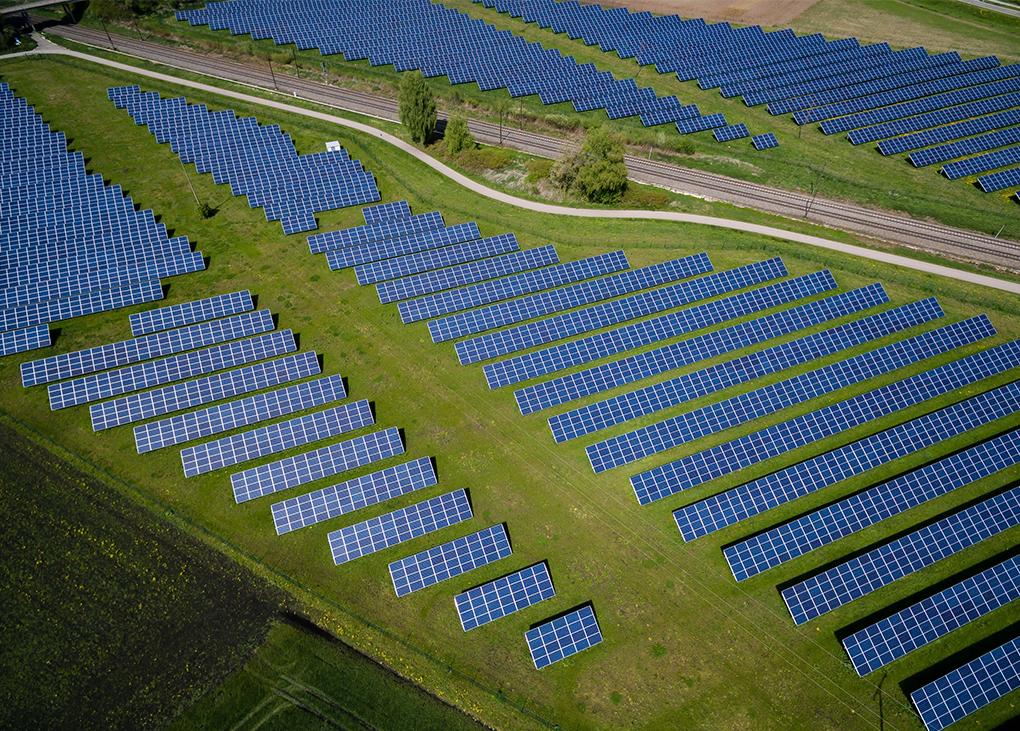According to new research from Cornell University, growing commercial agricultural crops on solar farms can both increase commercial food production and improve solar panel performance and longevity.
The research was published in the journal Applied Energy.
“We now have, for the first time, a physics-based tool to estimate the costs and benefits of co-locating solar panels and commercial agriculture from the perspective of increased power conversion efficiency and solar-panel longevity,” says lead author Henry Williams, a doctoral student at Cornell University.
Senior author Max Zhang says agrivoltaic systems – where agriculture and solar panels coexist – show great promise.
“There is potential for agrivoltaic systems … to provide increased passive cooling through taller panel heights, more reflective ground cover and higher evapotranspiration rates compared to traditional solar farms,” says Zhang, Professor in Cornell’s Sibley School of Mechanical and Aerospace Engineering.
“We can generate renewable electricity and conserve farmland through agrivoltaic systems.”
The engineers showed that solar panels mounted over vegetation have lower surface temperatures compared to arrays built over bare ground. In the study, solar panels were mounted 4m above a soybean crop. The solar modules showed temperature reductions by up to 10°C compared with solar panels mounted 50cm above bare soil.
According to the paper, the cooling effect is more significant than that induced by greater panel height, with the passive cooling adding to solar panel efficiency. Also, the temperature drops lead to an improved solar panel lifespan, and better long-term economic potential.
“As you decrease the solar panel operating temperature, you can increase efficiency and improve the longevity of your solar modules,” Williams says. “We’re showing dual benefits.”
Photo by Andreas Gücklhorn on Unsplash
 Matt Dillon
Matt Dillon


Leave a Reply